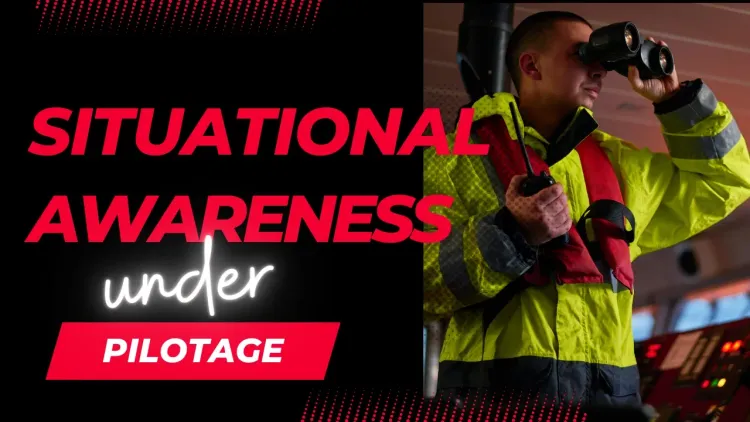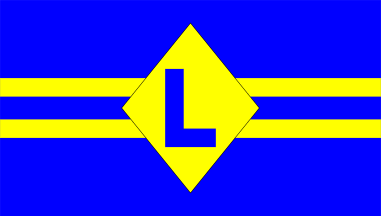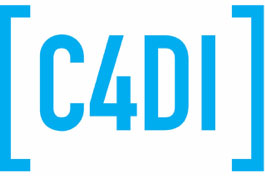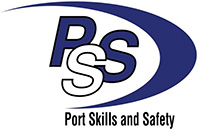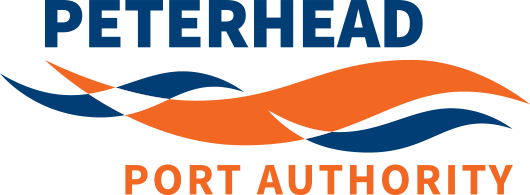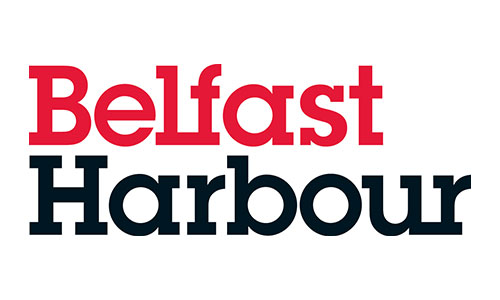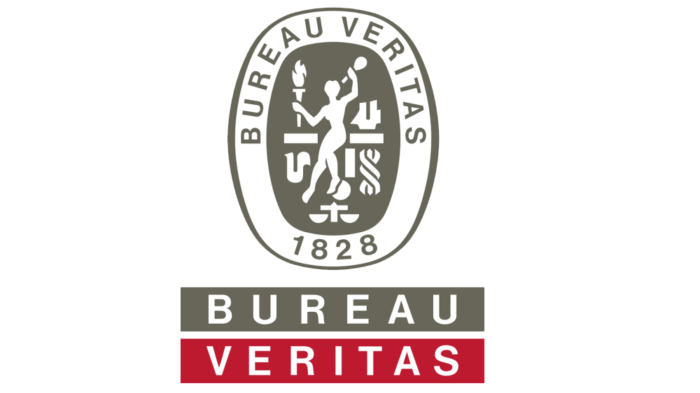Situational awareness is the ability to perceive and comprehend one's surroundings and the environment in which one operates. It involves being aware of potential hazards, threats, and opportunities, and being able to assess and respond to them effectively.
The term "situational awareness" is believed to have originated in the field of aviation during World War II. It was used to describe the ability of pilots to be aware of their surroundings and the position of their aircraft in relation to other aircraft, the ground, and other objects.
Since then, the concept of situational awareness has been applied to many other fields, including military strategy, emergency response, cybersecurity, and sports. It is considered a critical skill in many professions, as it can help individuals make better decisions and avoid dangerous situations.
In aviation, situational awareness is critical for safe and effective operation of aircraft. It involves understanding and assessing all relevant factors that may affect flight safety, such as weather conditions, aircraft performance, traffic flow, and communication with air traffic control. Aviators need to maintain situational awareness at all times, especially during critical phases of flight, such as take-off and landing, or when flying in busy airspace. They need to be aware of their position, altitude, airspeed, and direction of flight, as well as the location and movements of other aircraft and any potential hazards or obstacles.
This is no different to navigators on water and situational awareness is no more important than during pilotage where navigators face narrow channels, tidal flows, high density traffic, high volume radio traffic, proximity to both navigational marks and port infrastructure and tug assisted manoeuvres.
It is essential pilot, master and bridge team are able to have a high degree of situational awareness throughout the act of pilotage. This will involve having an appreciation of the vessels movement in relation to other port traffic, navigational marks and port infrastructure, VHF communications with other vessels, VTS and other port operatives, the potential effect of environmental factors such as wind or tide in relation to the vessels draft and air draft, under keel clearance, the operation and effectiveness of rudder and machinery, the vessels position in relation to the passage plan, the connection and operation of tugs, mooring operations, the safety of the vessel and her crew as well as many other factors too numerous to list.
As can be seen from the list above an awful lot needs to be considered during an act of pilotage and maintaining situational awareness is about keeping abreast of all these and other factors so that we can remain mentally 'ahead' of the ship. We need to be able to keep on top of all these factors and prevent mental overload to ensure we have spare mental capacity to deal with new and emerging dangers.
The key to having (and maintaining) good situational awareness begins with effective planning. By taking the time to gather relevant data including the vessels particulars including draft, the tidal data, weather data and expected traffic movements a pilot is able to form both a physical, but maybe more importantly, a mental picture of what he or she is anticipating will occur during pilotage. The process of acquiring the data and making a detailed passage plan allows the pilot to 'mentally rehearse' the upcoming pilotage in the same way a performance athlete, dancer or aerobatic aviator may rehearse their performance prior to the actual act. The purpose of this planning is to create a backdrop of information and to anticipate what is about to occur, this means that the pilot has created the spare capacity mentally to deal with emerging issues and hazards as the pilotage proceeds and compare this against his anticipated plan, making corrections as required.
The second key element is about creating an effective team. Nobody is infallible! The pilot needs to share his mental model with the master and bridge team by conducting an effective master pilot exchange. By sharing his plan he ensures all of the team are working in the same context and are able to assist the pilot effectively during pilotage. Good teams need good leadership but to also feel empowered so that they can voice concerns and expect their input to be treated respectfully and answered appropriately. A good leader should encourage and empower his team to feel included and ensure they are adequately tasked in order to ensure they can effectively assist in achieving the goal. Everybody on the bridge including the lookouts and helmsmen should be encourage to contribute as the collective is far more efficient and effective than the individual.
Next is proactivity. Bad situations develop if not dealt with. A proactive bridge team should have a mental bubble around their vessel extending ahead and astern to spot, evaluate and act upon new and developing situations. The size of this bubble will vary depending on the size of the vessel, the complexity of the pilotage area, her speed, the density of traffic and the prevailing conditions. As a pilot my 'safety bubble' may be as little as 30 minutes ahead to 15 minutes astern up to 2 hours ahead and an hour astern. I jealously guard this area, looking ahead to ensure the vessel is moving in accordance with the passage plan, that tugs and berthing staff are available, berth availability, traffic movements and weather whilst also looking astern for vessels that may be approaching my vessel. I deal with these proactively, communicating with all involved parties to ensure everybody is kept in the loop and adequately prepared.
Finally is communication. The bridge team can only be effective if they are kept up to date with the pilotage. By giving a running commentary the pilot can keep the bridge team in the loop, informing the master and OOW of traffic movements and intended passing arrangements, keeping the Chief Officer informed of time for tugs and when the crew should standby, telling the helmsman that the vessel is slowing and steering may become more difficult, informing VTS and external stakeholders of my intentions and consequently keeping me mentally 'ahead of the ship'.
By properly preparing for pilotage, having a high degree of personal and occupational professionalism we can hone our skills during pilotage regardless of our role and become more effective. We can prevent mental overload, improve our bridge team cohesivity, leading to greater economy of effort and operate like a well-oiled machine. Remember PILOTAGE TAKES PROPER CONCENTRATION - PLAN - TEAMWORK - PROACTIVITY - COMMUNICATION

